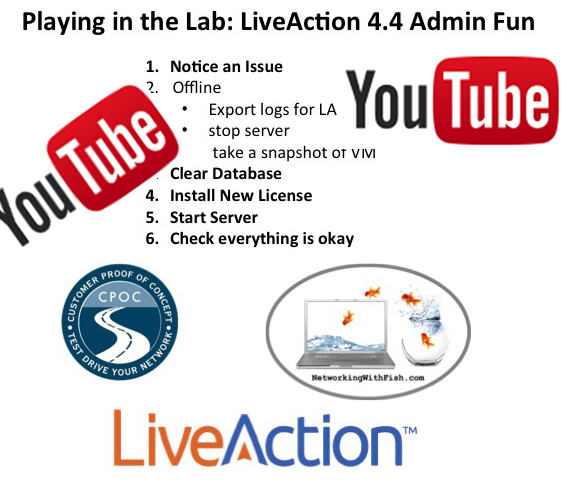Installing netmiko on Windows
Netmiko is a Python module by Kirk Byers that provides a wrapper around the Paramiko SSH module for doing screen scraping and CLI automation on network devices.Paramiko has some dependencies that make installation on Windows a tad tricky. Here's a quick way to get it done:
- Install Anaconda.
- From the Anaconda shell, run "conda install paramiko".
- From the Anaconda shell, run "pip install scp".
- Install git for Windows.
- Clone netmiko with "git clone https://github.com/ktbyers/netmiko"
- cd into the netmiko directory and run "python setup.py install".





